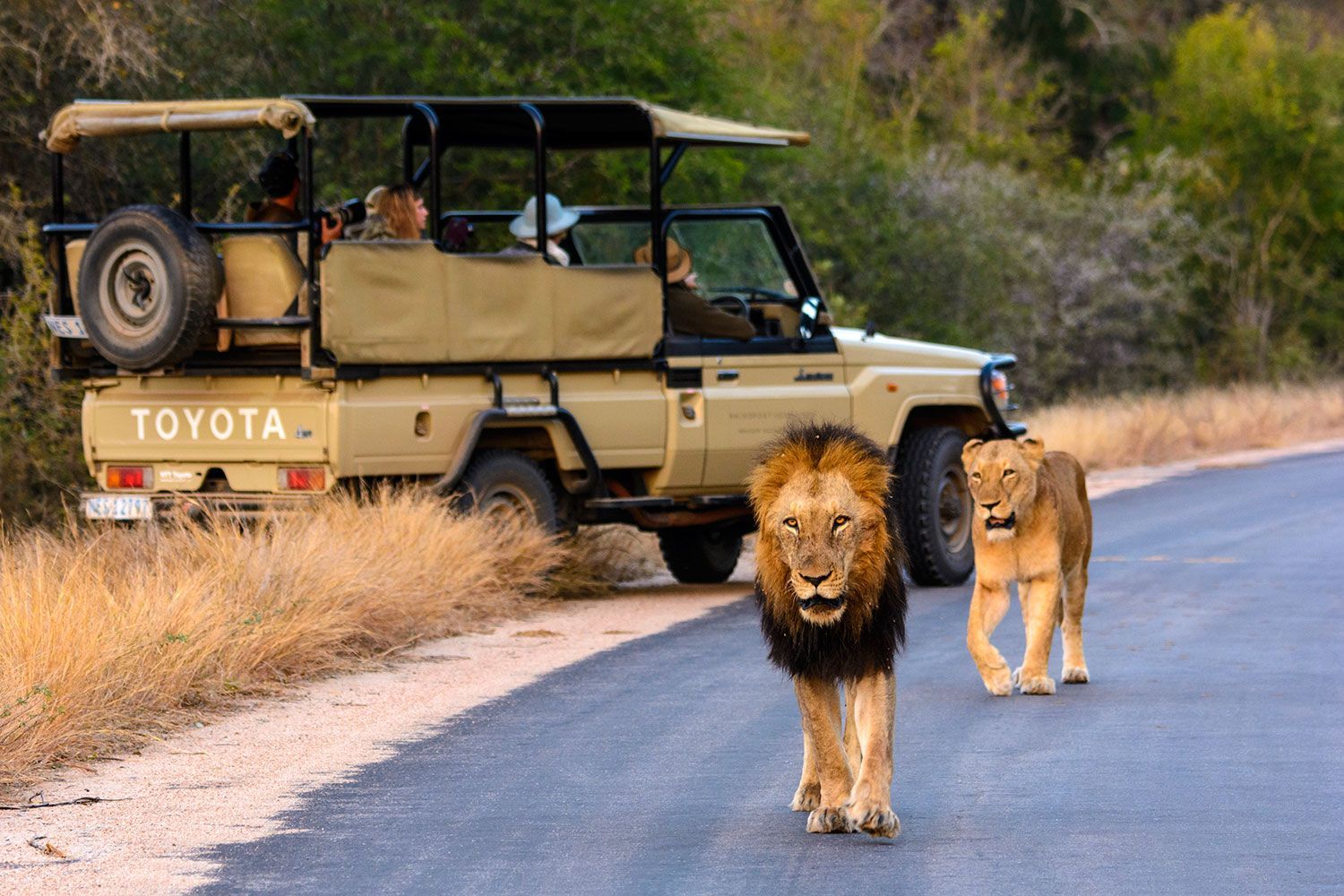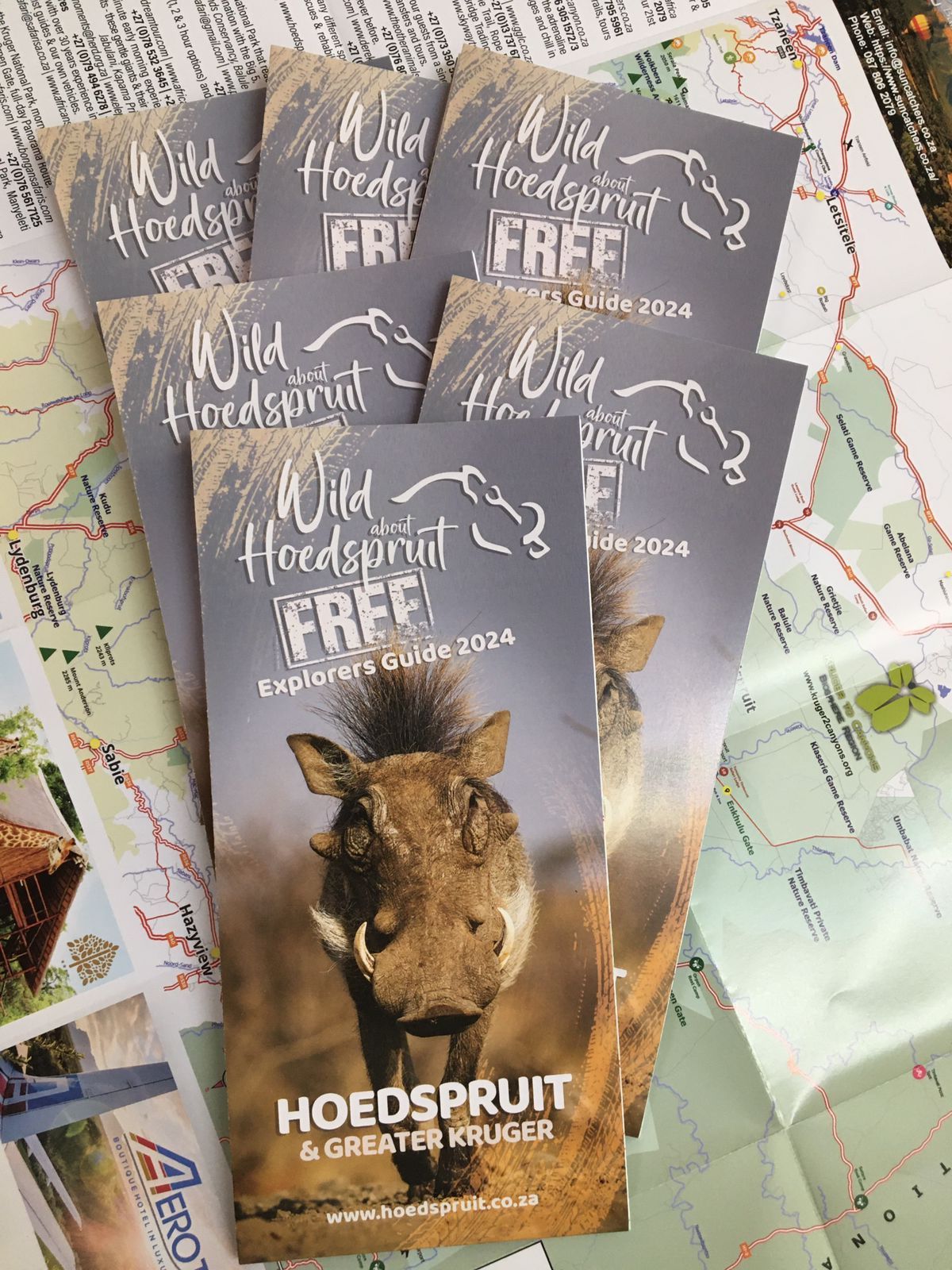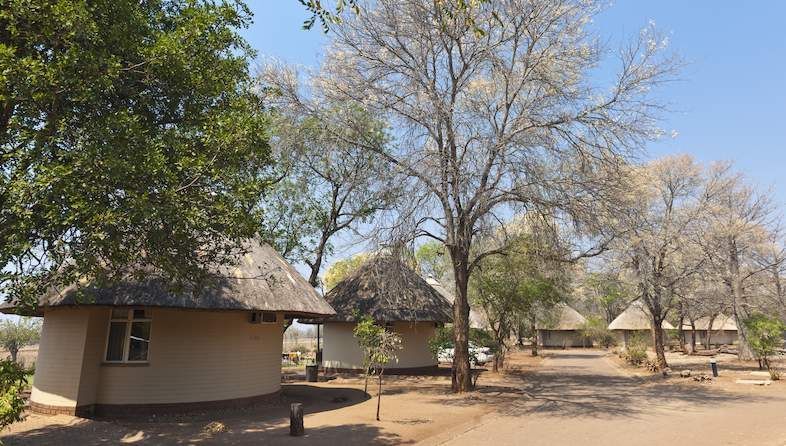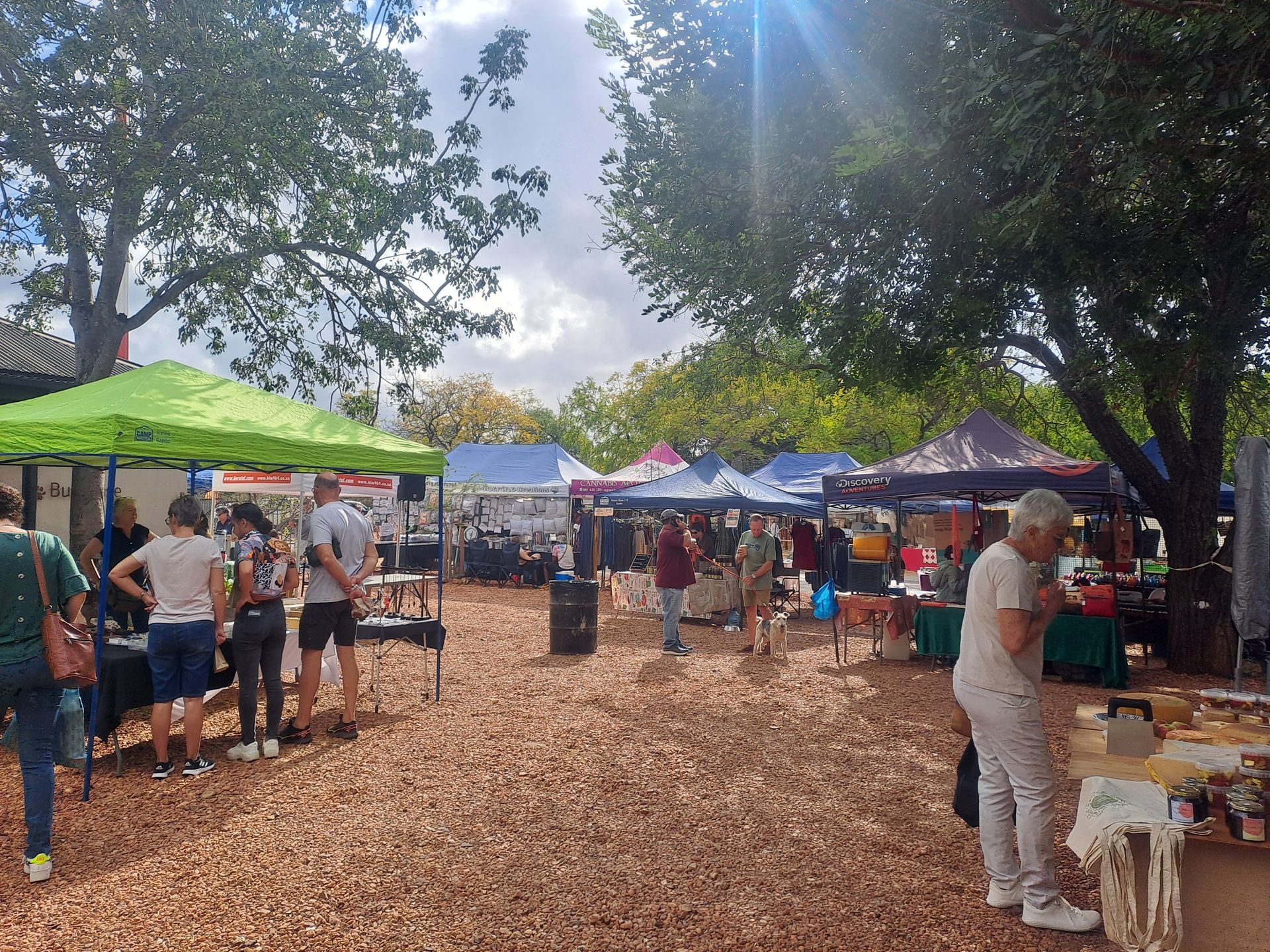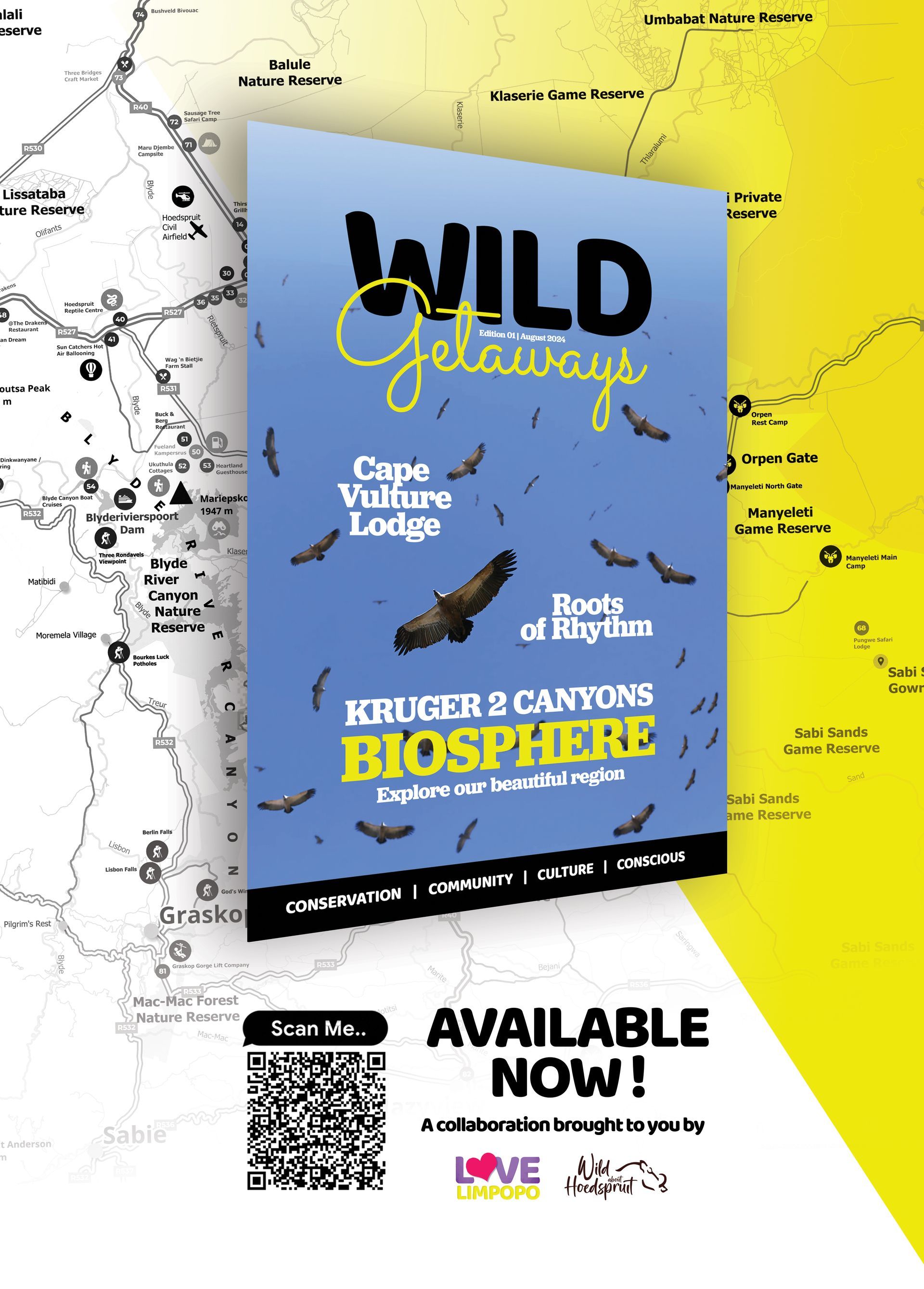The Go-Away Bird in Kruger National Park: A Complete Guide
The Go-Away Bird, with its distinctive calls and vibrant plumage, adds a unique charm to the avian population of Kruger National Park. This guide aims to provide a comprehensive understanding of this captivating species, highlighting its identification, behaviors, and significance in one of Africa's premier wildlife reserves.
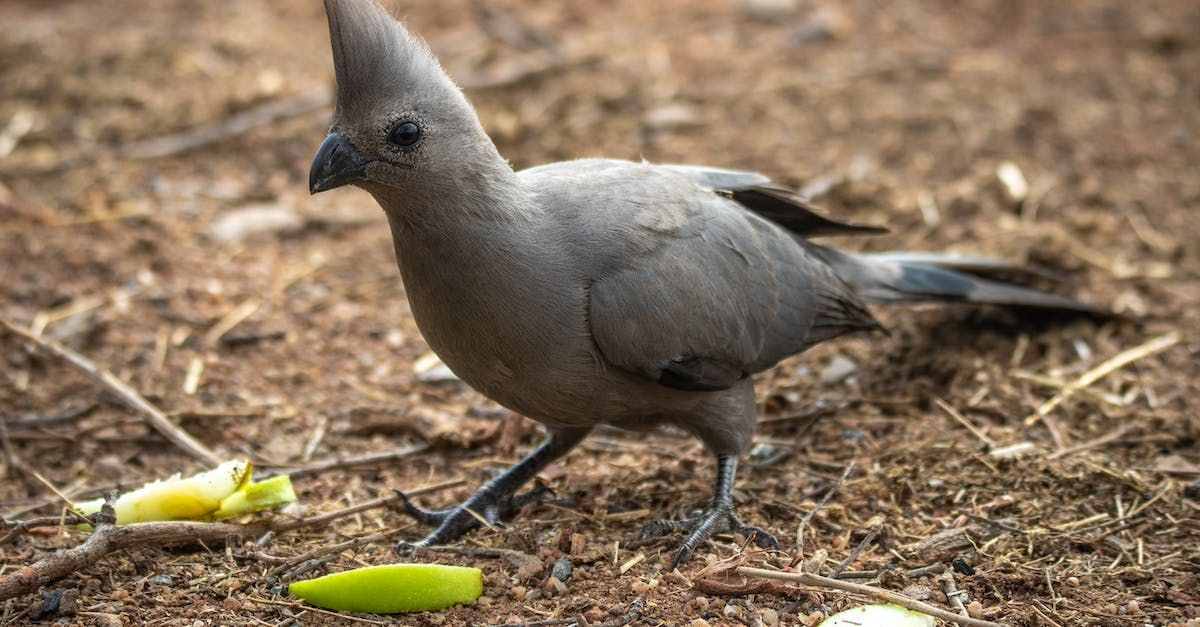
Why It's an Exciting Species to Encounter in Kruger
Encountering the Go-Away Bird in Kruger is an exhilarating experience for wildlife enthusiasts. Its striking appearance, vocalizations, and ecological role make it a sought-after sighting, contributing to the rich tapestry of the park's biodiversity.
Identification
Physical Characteristics
The Go-Away Bird boasts a distinctive appearance with its slate-gray plumage, conspicuous black facial mask, and a striking crest of feathers on its head. Its long tail, bright red legs, and prominent yellow eyering further contribute to its unique visual identity.
Unique Features for Easy Identification
One of the most remarkable features of the Go-Away Bird is its resonant, repetitive call, often described as sounding like it's saying "go away." This vocalization serves as a key identifier, and attentive visitors can recognize it from a distance.
Fascinating Facts
Interesting and Lesser-Known Facts about the Go-Away Bird
The Go-Away Bird belongs to the turaco family, a group of fruit-eating birds known for their vibrant plumage. While primarily fruit eaters, they also consume leaves and flowers, making them important contributors to seed dispersal within the ecosystem.
Its Role in the Ecosystem
As frugivores, Go-Away Birds play a crucial role in maintaining the ecological balance within Kruger National Park. By consuming a variety of fruits, they aid in seed dispersal, promoting the growth of diverse plant species and supporting overall biodiversity.
Habitat and Range
Where in Kruger Can You Find the Go-Away Bird?
Go-Away Birds are distributed widely across Kruger, favoring a range of habitats such as woodlands, riverine areas, and savannas. They are often found near water sources, providing an ideal setting for their varied diet and diverse foraging behaviors.
Preferred Habitats and Behaviors
These birds are particularly fond of dense foliage, where they can find both food and suitable nesting sites. They are agile fliers, capable of covering considerable distances in search of fruiting trees and other food sources.
Best Times for Sighting
Seasonal Variations in Visibility
While present throughout the year, the dry season (May to September) enhances visibility due to reduced vegetation. The scarcity of water sources during this period also concentrates wildlife around remaining waterholes, increasing the chances of spotting Go-Away Birds.
Preferred Times of the Day
Go-Away Birds are most active during the early morning and late afternoon. These periods coincide with their peak foraging times, allowing visitors optimal opportunities to observe their feeding behaviors and capture the vibrant colors of their plumage in the soft sunlight.
Behavior and Social Structure
Behavioral Patterns and Interactions
Go-Away Birds are known for their raucous calls, which serve multiple purposes, including communication within the group and establishing territory. Their lively interactions, both vocal and physical, add to the dynamic atmosphere of the park.
Social Dynamics
While generally observed in pairs or small groups, Go-Away Birds may form larger flocks, especially during periods of abundant food resources. Social interactions involve intricate displays of plumage, calling, and occasional cooperative foraging.
Conservation Status
Current Conservation Status
Go-Away Birds are not globally threatened, and their populations are generally stable. However, localized threats such as habitat loss, especially due to deforestation and urbanization, can impact their abundance in specific regions.
Any Particular Threats or Challenges the Species Faces
The primary threats to Go-Away Birds in Kruger include habitat fragmentation and degradation. Ensuring the preservation of diverse habitats within the park is crucial for their sustained well-being.
Tips for Spotting
Key Signs to Look For
Listen for their distinctive calls, especially the repetitive "go away" vocalization. Scan the treetops and dense foliage for their unique silhouette and vibrant plumage. Patience and attentive observation are key to spotting these birds in their natural habitat.
Popular Regions within Kruger for Sightings
Go-Away Birds are widespread across Kruger National Park. However, riverine areas, woodlands, and savannas near water sources, such as the Sabie River and Crocodile River, are particularly promising for sightings.
Encountering the Go-Away Bird in Kruger National Park is not only a visual delight but also an opportunity to appreciate the intricate interactions and roles these birds play in the park's ecosystem. Responsible observation and appreciation of their natural behaviors contribute to the overall conservation efforts within the park.
Additional Resources
Share This Article
Quicklinks
Related Articles
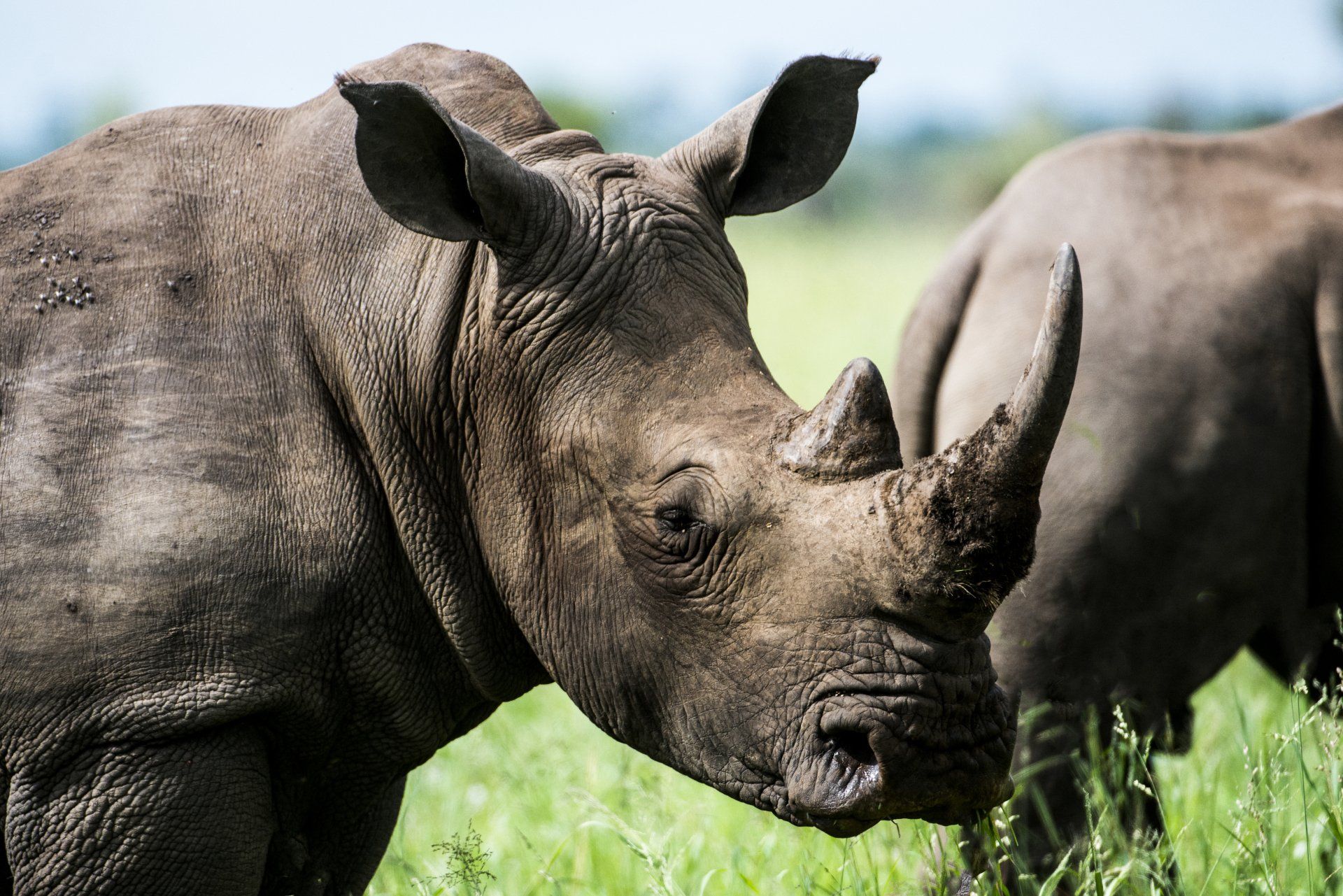
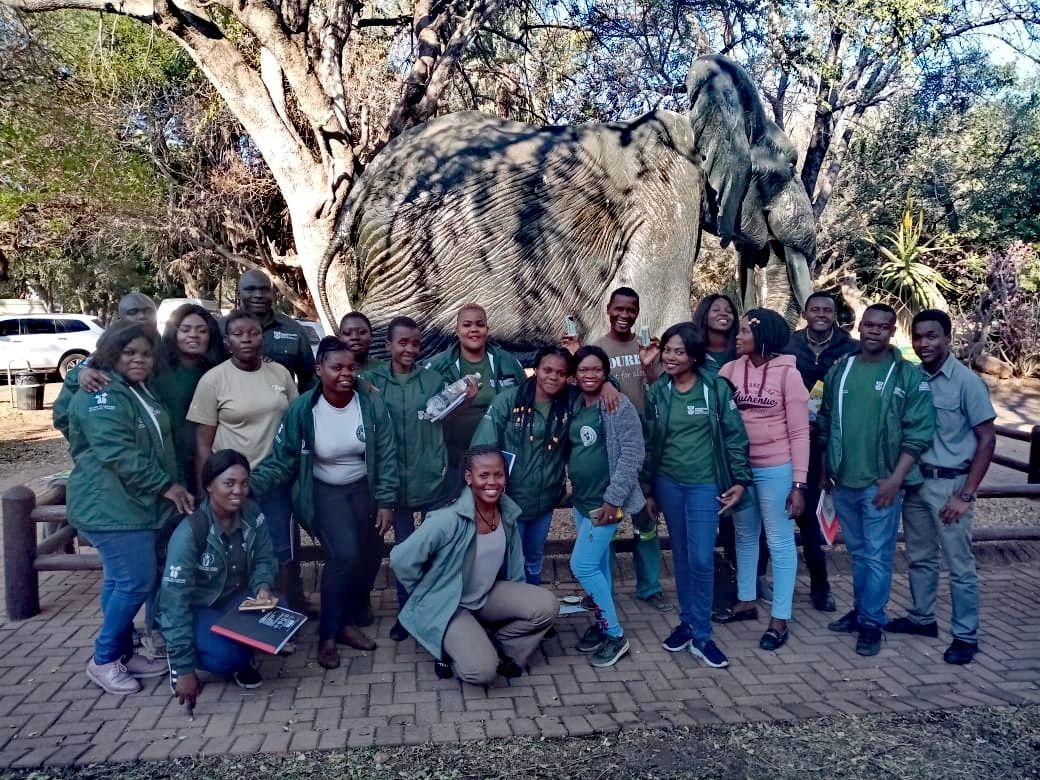
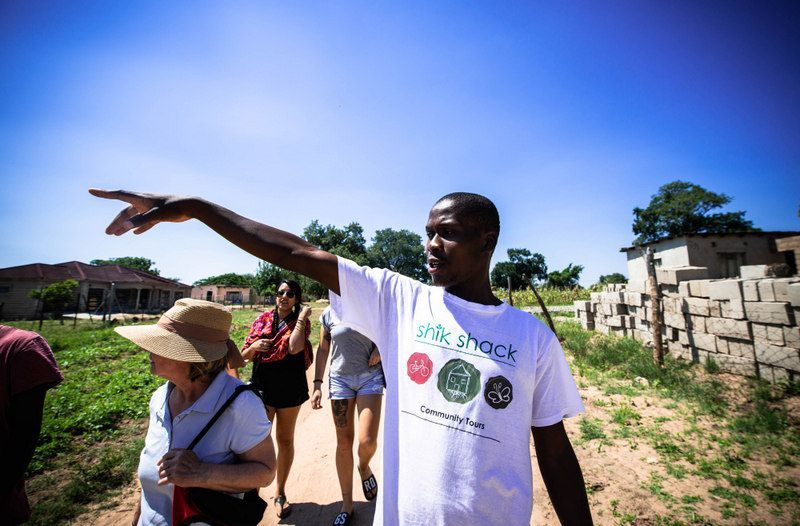
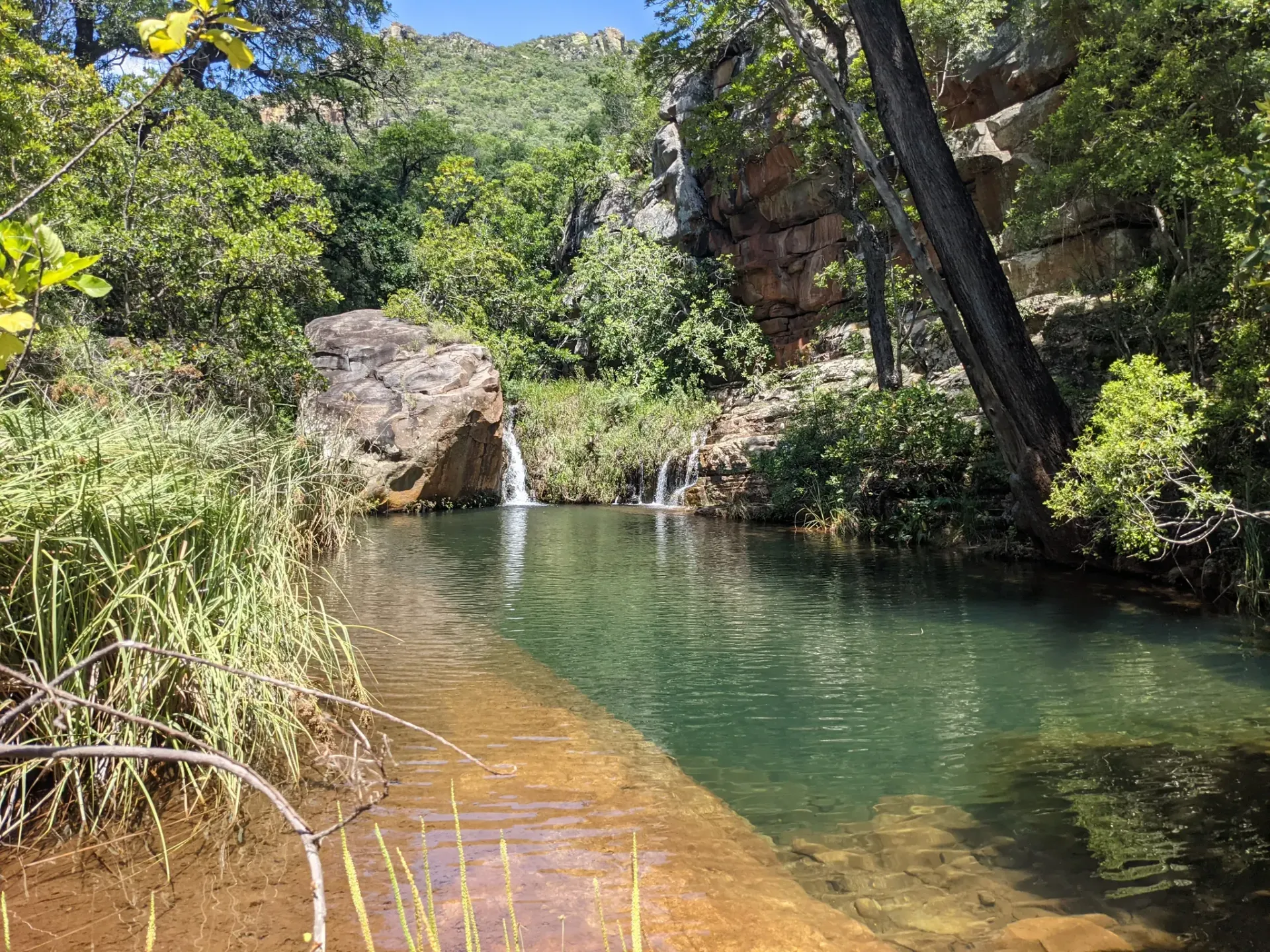



Hoedspruit Articles




